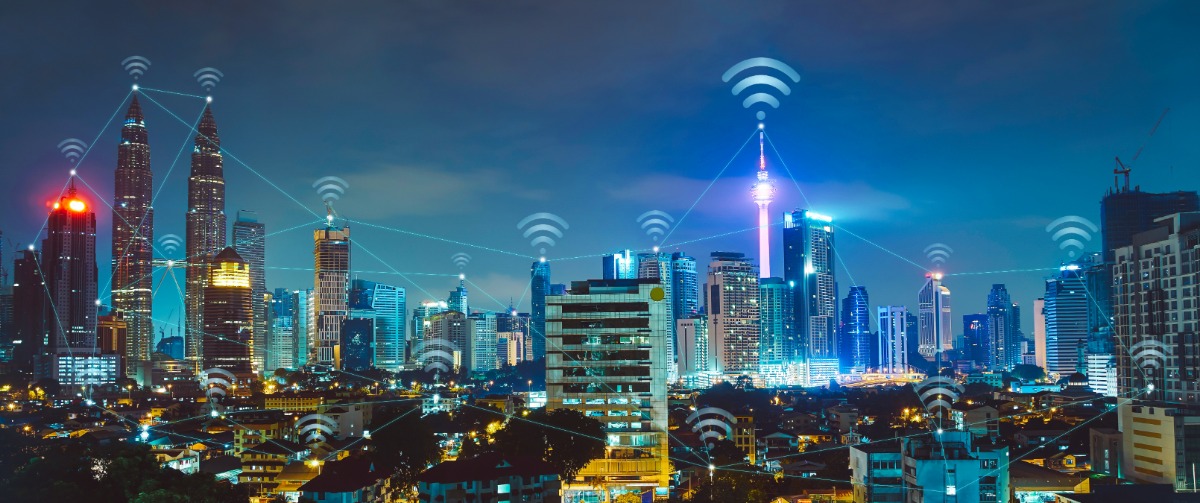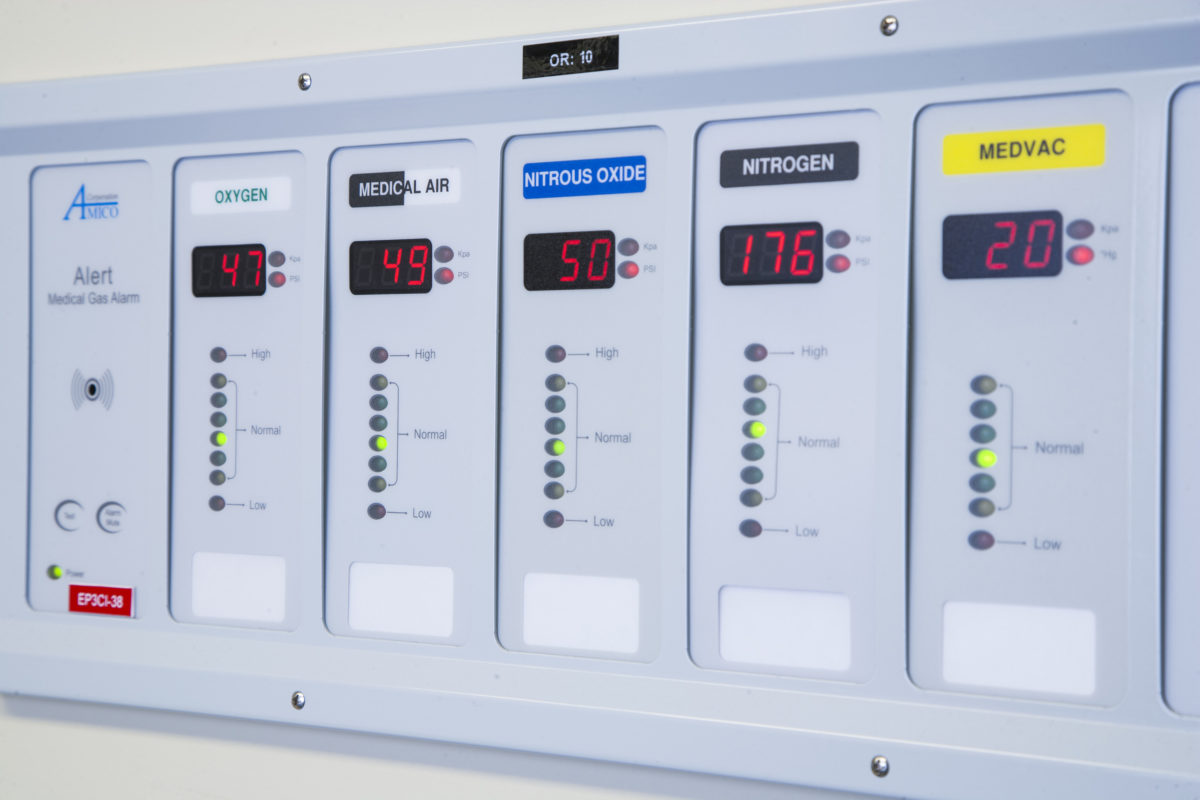Business continuity! It’s official, COVID-19 is upon us and the country is basically on lock down. Government restrictions are everywhere. Just about 15 days ago, Lee Neubecker and Logical Management Systems, President, Geary Sikich talked about what was going to happen when COVID-19 landed on our shores. It’s like they wrote the sequence of events!
Lee and Geary are trained experts in the field of cyber technology and preparedness. They foretold businesses will have employees work from home if they have a job that allows them to telecommute. They discussed different unique challenges businesses will experience when executives and employees take work computers home and remote in. Check out this video interview to learn a few interesting tips on business continuity.
Part 2 of the Coronavirus or COVID-19 & Business Continuity
Lee Neubecker (LN): Hi it’s Lee Neubecker, President of Enigma Forensics, and I’m back on the show here with Geary Sikich, President of Logical Management Systems. We’re continuing our discussion on business continuity planning as it relates to the Coronavirus, thanks again for coming back Geary.
Geary Sikich (GS): Thanks Lee for having me.
LN: So, can you tell everyone what other businesses are actually experiencing that are now at the stage where they’re dealing with government restrictions, either in China, or even in Seattle Washington, and what the reality of the challenges faced by businesses in communities where the corona outbreak is magnifying and spreading.
GS: Sure, the big one everybody is surely aware of was China and some of the things they did, in what people were calling “draconian measures”, which is essentially the quarantine that they set up. They literally lock down roughly about 56 million people and it got to the point where it was from the household where you were staying. They would allow one person to go out and buy whatever food you needed for the day. If that person didn’t have a mask on they were sent back, so no food, so that’d be a big impact. The employers for those employees who are now locked in on a quarantine basis set with empty factories and at about two weeks into that a lot of these employers were saying, “I can’t pay my people because my factory is not operating and I’m about to go out of business”. So, the impact is big in that regard. Just recently in France, the Louvre closed, and it’s closed now indefinitely as of this morning in response to a protect the potential of coronavirus expanding. Italy, there’s closing schools in Italy, they closed schools in China, also in South Korea. They’re doing similar things what we’re faced with here in the States is a very similar situation that is yet to unfold in its dramatic effect. But if we start to see the Coronavirus expand in the States, plan on seeing things like school closures plan on seeing things that are not going to be available on the shelf because the grocery stores are going to be emptied.
LN: That introduces a whole other element of risk, because for those parents of kids that have to be home many of those parents are only going to be able to work from home if they have a job that allows them to telecommute, and there’s, you were talking to me earlier about some of the unique challenges that have happened when executives take work computers home and they’re remoting in, and the one example I remember you saying was that with kids home alone and they have time on their hands, they’ve sometimes gotten into their parents’ computers and if those computers aren’t secure and they go to a game site, and they get hit by malware, the corporate network could be taken out.
GS: Yeah and it’s happened we’ve had it with the clients in different parts of the world where the company organization said it’s a great idea. We’ll set up a mini situation where you can work independently from home here’s a secure computer and over a course of time not much is happening and so, the secure computer becomes something of well we don’t let the kids play games on it and nothing’s going on so I’m not too worried, not realizing the potential exposure that they’ve put themselves in from a vulnerability standpoint. One of the key things, and I think this is a point that we need to emphasize, is that the criminal element people who want to do bad things has really taken advantage of the Coronavirus situation in a lot of different ways. By actually being able to interject malware in posing as a legitimate information site so here you want information on the Coronavirus, I’m here, and the next thing you know you’ve got malware downloaded into your system. So huge impact areas and in that regard.
LN: Yeah, I think that the whole notion of planning and thinking through how your business would respond if your employees weren’t able to come to the office is something that every organization should be doing now because it certainly is it’s not a question of if the virus will spread, it’s a question of you know how quickly and how large of an impact. We don’t fully know what is going to happen in every community with the weather, whether there will be better treatments available or not but we do know that it’s a risk and it makes sense to prepare for not having to have your workers come into your office, and how would you respond to that?
GS: If you think about it in this context to leader there’s some real issues that you need to really begin to assess it all in a lot of detail. So, from a risk assessment standpoint, one obviously you want to look at how do I build contingency plans for us to work remotely whether it’s you working at your home or at a remote location that the company hires to have you know staffed. That’s great if you’re in the Information and Technology business or you’re in the financial sector you’re in a nonindustrial sector, how do you close down a steel mill and tell your employees we’ll go to this other place and work because there’s not the same facility. Here’s the real interesting thing that it but I think it’s a critical point and this is where we begin to start to realize risk management needs to begin to look at some things differently. One, you’ve got a facility it goes into lock down because of quarantine, no employees there. What’s your vulnerability for that facilities now sitting vacant. You have people maybe who want to break in? You still got your computers and other systems there that I would assume can still be hacked into in some way shape or form and you’ve got a lot of potential sensitive information.
LN: And physical security becomes important in that case definitely.
GS: But how you do that if you’re under quarantine and you can’t bring in physical security per se.
LN: There’s a whole issue if you have in our next segment, we’ll talk a little bit more about what businesses should be doing now to be cyber ready for having employees where they can work remotely. We’ll talk about some of the strategies that you can take now to help maximize your readiness for such a circumstance where you have to either reduce your workforce and create space, or have people work completely remote. So, thanks for being back on the show.
GS: Thank you Lee, I enjoyed it.









